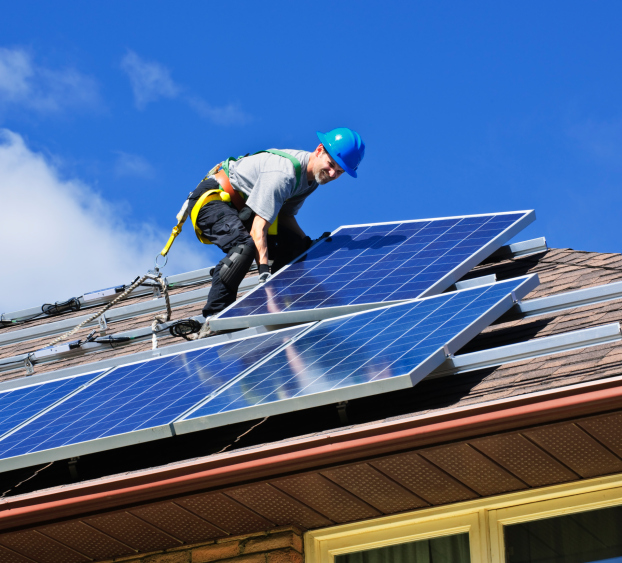
The other side of the falling prices for solar photovoltaic (PV) panels is that solar installers gain more business. U.S. solar panel makers SunPower Corp. (NASDAQ: SPWR) and First Solar Inc. (NASDAQ: FSLR) have solar design and installation segments, and SolarCity Corp. (NASDAQ: SCTY) and Real Goods Solar Inc. (NASDAQ: RSOL) are pure-play installers.
The problem for the pure solar panel makers is that margins have been negative or close to it for the past year, and shipping more solar panels does not change that equation.
In China, however, the government has doubled its expected 2013 solar installations to 10,000 megawatts, and it has boosted its plans through 2015 from a previous total of 24,000 megawatts to 35,000 megawatts, according to Bloomberg New Energy Finance. Yingli Green Energy Holding Co. Ltd. (NYSE: YGE) and JinkoSolar Holding Co. Ltd. (NYSE: JKS) have both upped their projections for panel shipments, but unless margins recover there will be no improvement in profits.
The catch for the Chinese solar makers, including the struggling Suntech Power Holdings Co. Ltd. (NYSE: STP), is that if they increase prices to improve their margins, shipments are likely to fall. The Chinese makers have to believe that if the government has set certain targets, then the government will somehow figure out a way to help the solar makers stay in business.
SolarCity, which expects to increase installations by more than 50% in 2013 to 250 megawatts, reported earnings results earlier this week that left analysts cold and led to a number of downgrades. Shares still trade at about double the December IPO price, and both SunPower and Real Goods Solar have risen even more.
What money there is to be made in the solar industry will be made in installations, at least in 2013. China’s solar makers may be able to hop on that train domestically and, with luck, turn a profit. But foreign sales at below-cost prices are not the answer for Yingli, Suntech and the rest.
Thank you for reading! Have some feedback for us?
Contact the 24/7 Wall St. editorial team.




